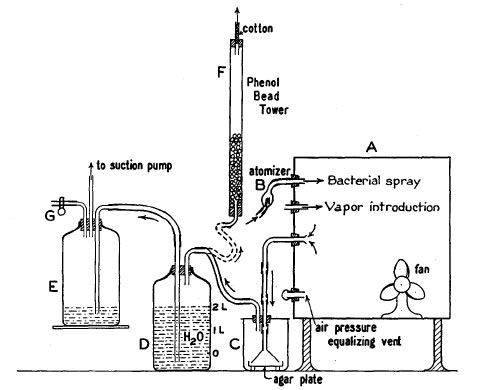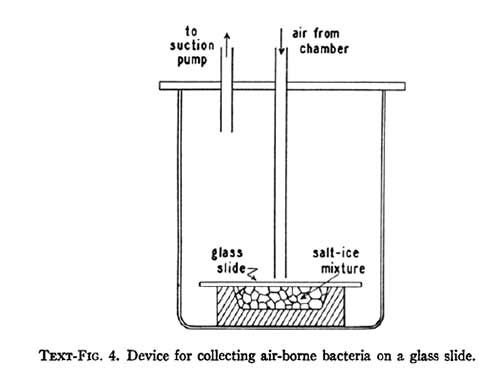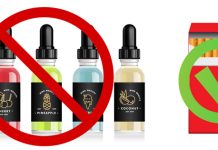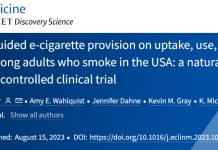By O. H. Robertson, Edward Bigg, Theodore T. Puck, Benjamin F. Miller, and With the Technical Assistance of Elizabeth A. Appell
Recently brought back to light, with the interest in personal vaping devices/e cigarettes, this 1942 study provides some illuminating facts into one of the aspects of propylene glycol (one of the four ingredients in e Cig liquid).
It is interesting not least for the fact that it highlights that a lot of research has been carried out that is applicable to the safety of e cigarettes even if that was not their intention.
Set-up 1 for the experiment looked as follows:
Set up 2 for the experiment looked as follows:
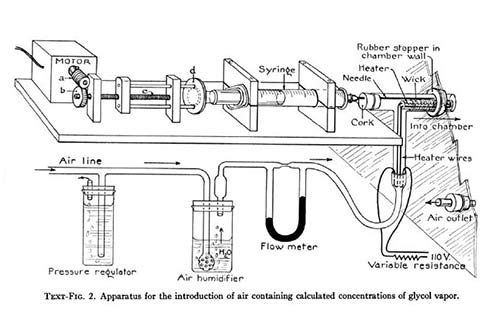

With lesser concentrations of propylene glycol, rapid and marked reduction in the number of air-borne bacteria occurred, but complete sterilization of the air required a certain interval of time, shown as 15 minutes.
Pronounced effects on both pneumococcal and haemolytic streptococci were observed when concentrations as low as 1 gm. of glycol to fifty million cc. of air were employed.
It had previously been thought that bacteria naturally die out in air but these experiments proved that it was the action of the PG mist that killed off pneumonia and influenza bacteria.
Numerous control tests showed that failure of the glycol-treated microorganisms to grow on the agar plates was due to actual death of the bacteria, proved using the set-up in text figure 4 below:
The means by which propylene glycol vapour produces its effect on droplet-borne bacteria is discussed and data relating the bactericidal properties of propylene glycol in vitro to the lethal action of its vapour is presented.
The tests concluded with the action of PG in air containing pneumonia-related bacteria on mice, comparing it to mice treated to just pneumonia-related bacteria. The results are shown in Table IV:
It showed that all ten mice in the air containing PG droplets lived whereas those without PG all died.
The test concluded that air containing propylene glycol kills off bacteria of all kinds, including disease-causing ones and that PG vapour is invisible, odourless, and non-irritating. It added that PG is essentially non-toxic.
This study was peer-reviewed and has not been overturned in the intervening years.
